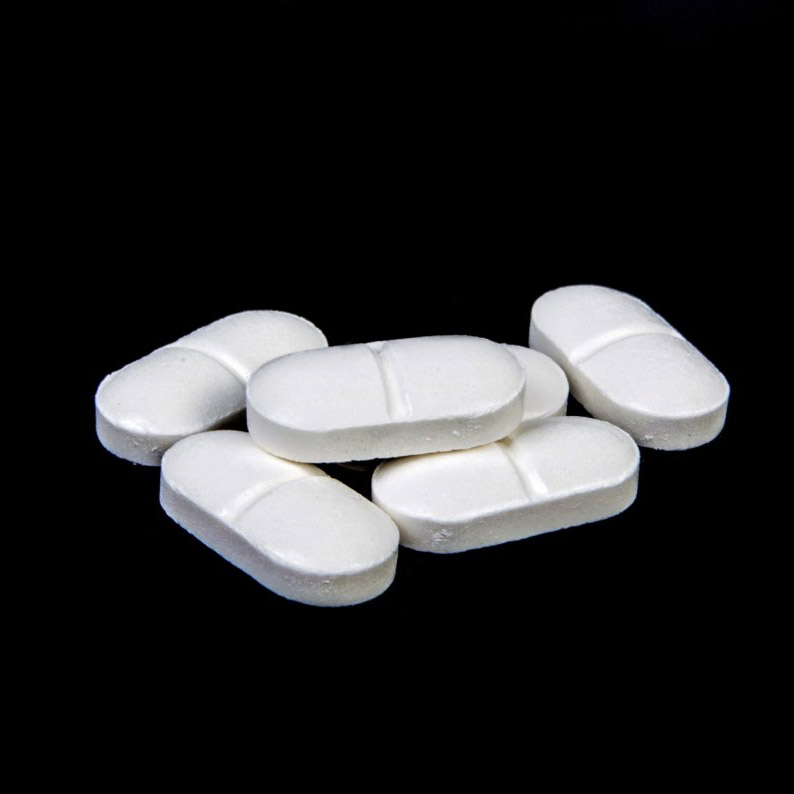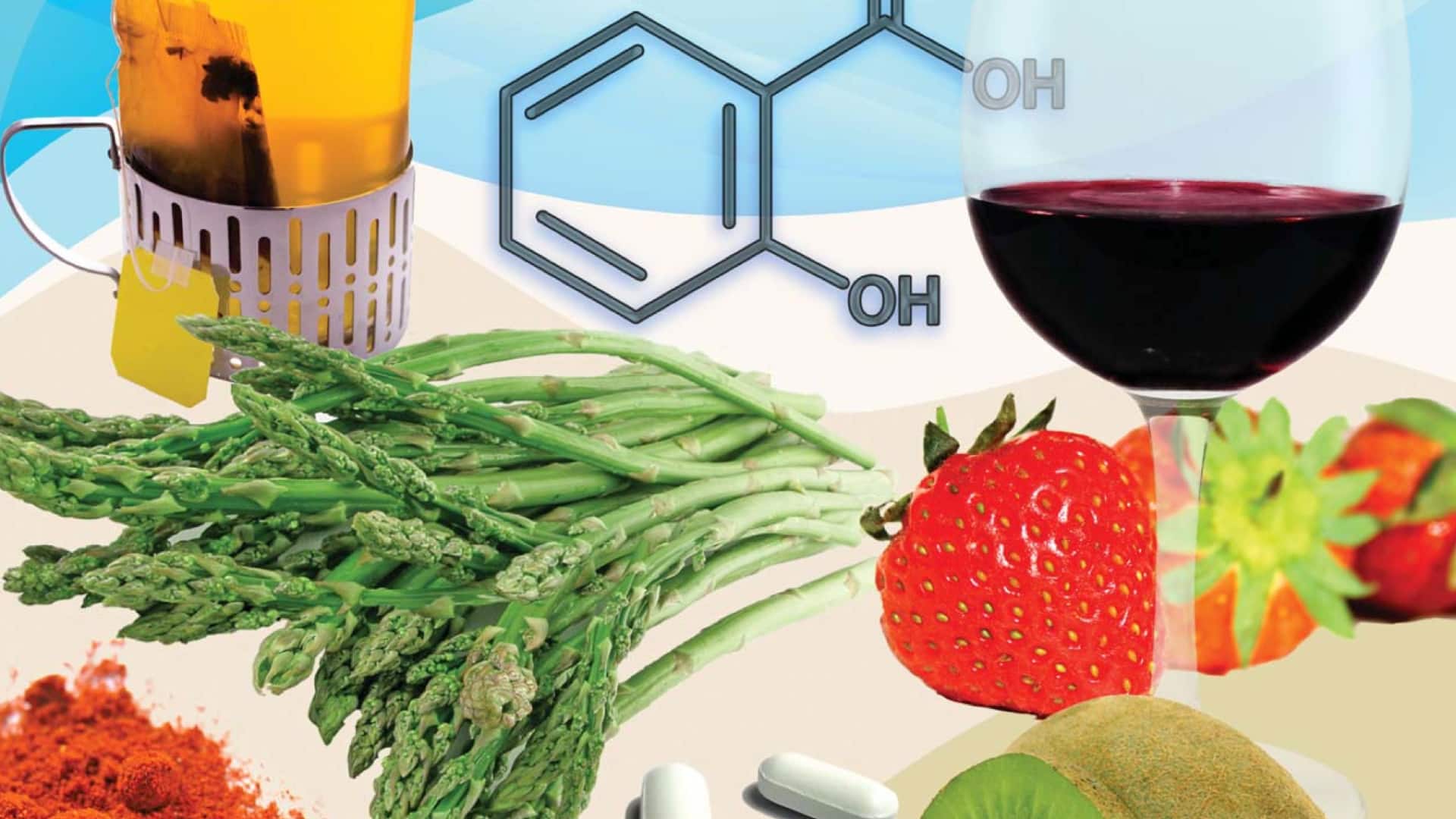
Aspirin
Aspirin has been around in pill form for more than a century and is perhaps the most commonly used medication in the world. We’ve been using its active anti-inflammatory ingredient, salicylic acid, for thousands of years, though, in its natural form (as an extract of willow tree bark) to ease pain and fever. One reason it remains so popular despite the existence of even better anti-inflammatory painkillers today is that it’s used on a daily basis by millions of people as a blood thinner to reduce the risk of a heart attack.
The benefits of taking a daily aspirin must be weighed against the risk of internal bleeding complications. Taking an aspirin a day is generally not recommended for those without a known history of heart disease or stroke, particularly among older adults, as the risk of bleeding complications increases sharply in those 70 and older. How can we get the anti-inflammatory effects without the bleeding risk?
Aspirin is actually two drugs in one. It’s technically acetylsalicylic acid. Within minutes of swallowing aspirin, enzymes in our gut split it apart into an acetyl group and salicylic acid. The acetyl group is what inactivates our platelets and thins our blood. If we could consume salicylic acid directly, we could combat inflammation without the risk of bleeding. That’s exactly what we can do with diet.
The willow tree isn’t the only plant that contains salicylic acid precursors. They are widely found throughout the plant kingdom in many fruits and vegetables. In fact, the blood levels of people eating plant-based diets actually overlap with some of those taking low-dose aspirin, but they can end up with a significantly lower risk of ulcers due to gut-protective nutrients prepackaged in plants along with the salicylic acid.
Whole, organic, unpeeled plants have higher concentrations of these aspirin phytonutrients. Standouts include beets, green peas, avocados, dates, nuts, cocoa, lentils, and buckwheat, but herbs and spices contain the highest concentrations. Dried basil, chili powder, coriander, dried oregano, paprika, and turmeric are rich in the compound, but cumin has the most per serving. A single teaspoon of ground cumin may have more salicylic acid than a baby aspirin.
For substantiation of any statements of fact from the peer-reviewed medical literature, please see the associated videos below.
Image Credit: Pxhere. This image has been modified.
Popular Videos for Aspirin


Should We All Take Aspirin to Prevent Cancer?
The aspirin compounds naturally found in plant foods may help explain the lower cancer rates...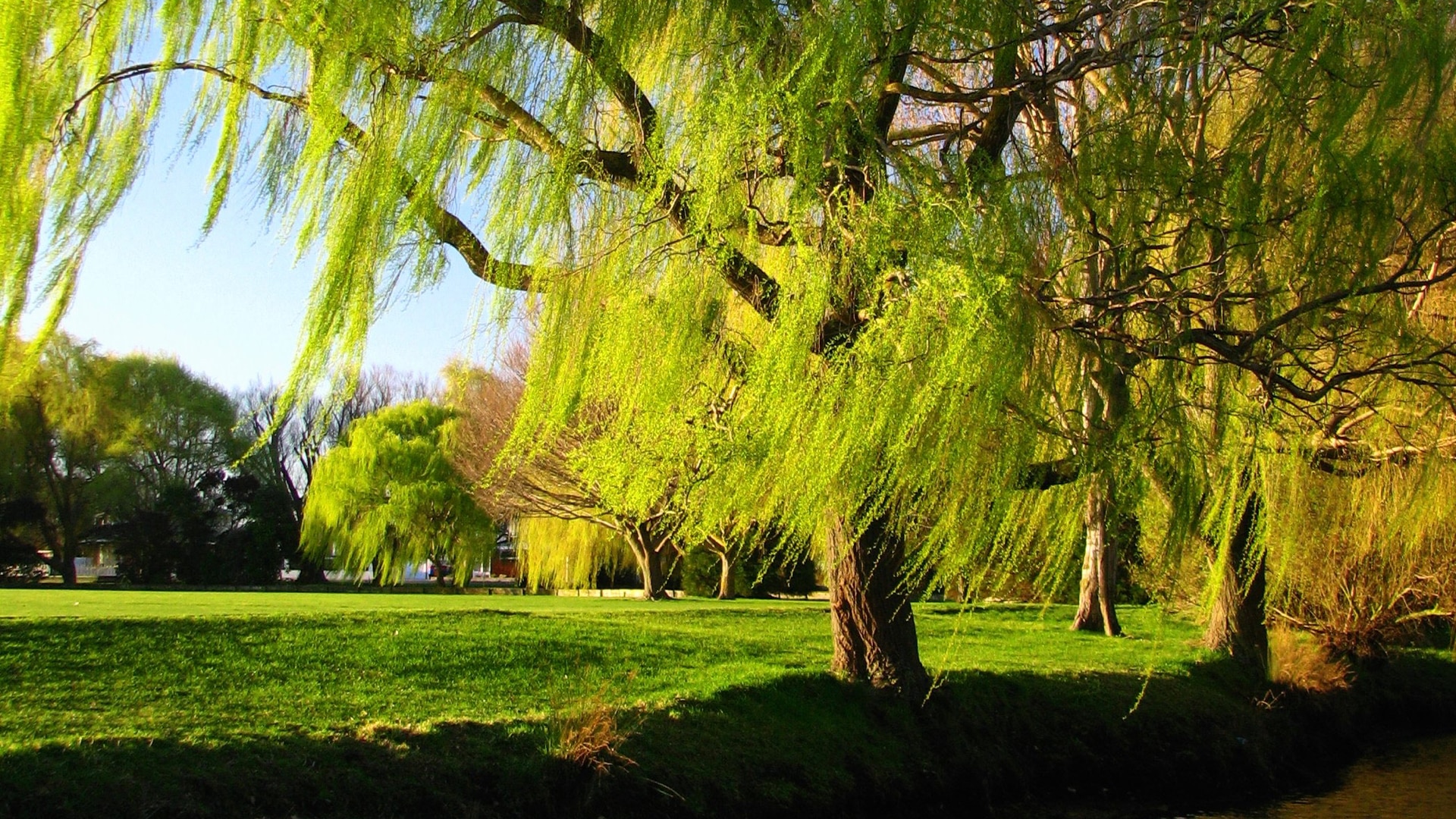
Should We All Take Aspirin to Prevent Heart Disease?
The benefits of taking a daily aspirin must be weighed against the risk of internal...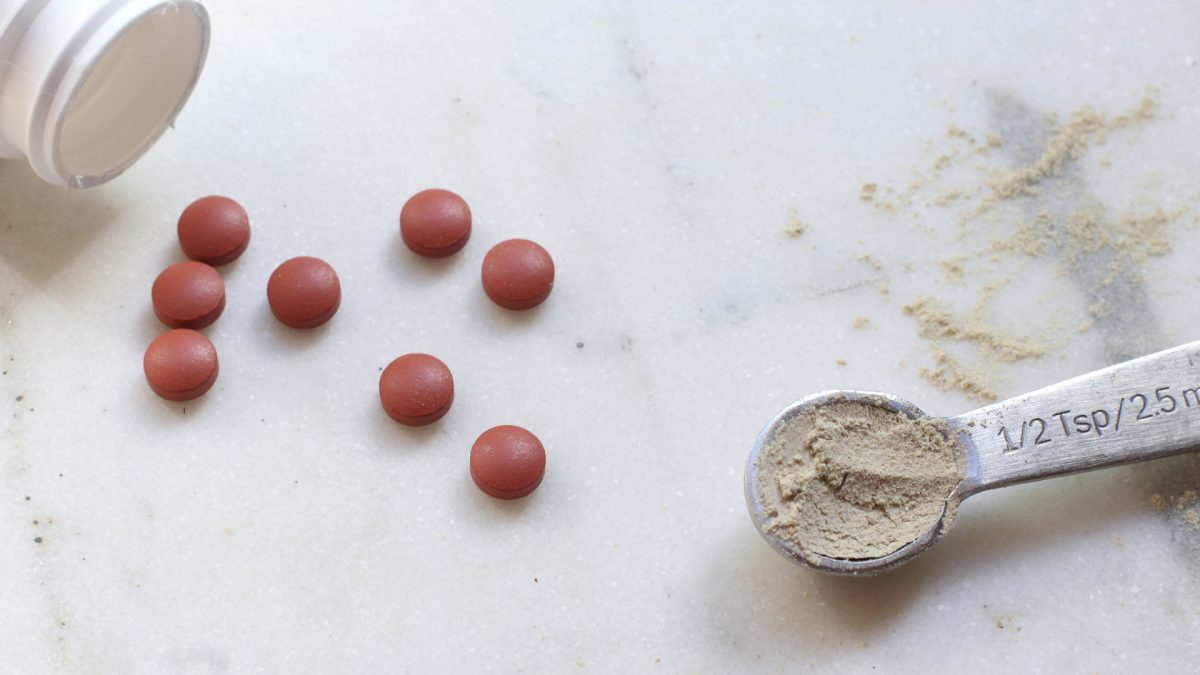
Amla vs. Drugs for Cholesterol, Inflammation, and Blood-Thinning
Extracts of amla (Indian gooseberry) were pitted head-to-head against cholesterol-lowering statin drugs and the blood...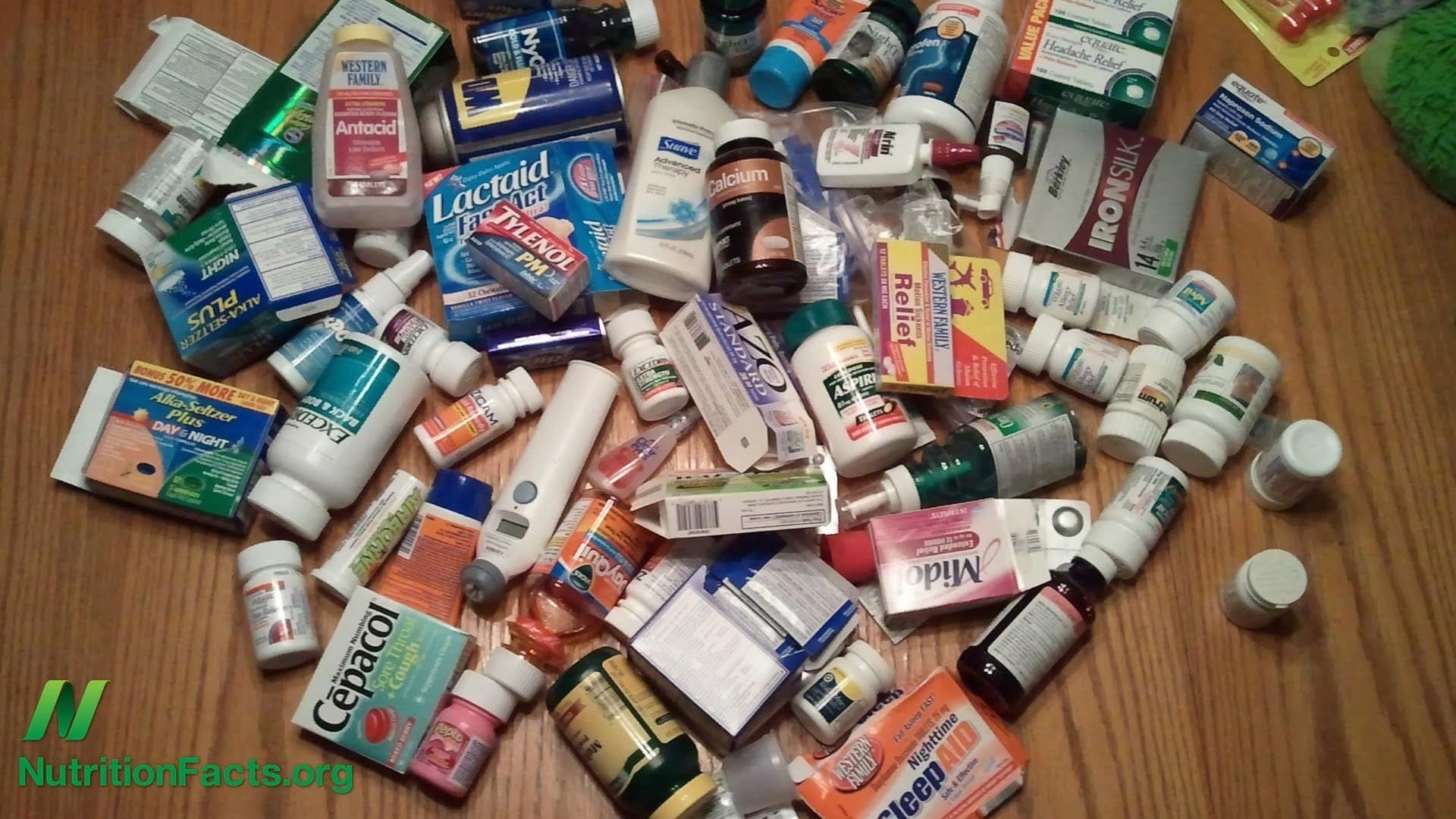
Say No to Drugs by Saying Yes to More Plants
A study of 15,000 American vegetarians suggests their lower chronic disease rates translate into fewer...All Videos for Aspirin
-

Avoid These Foods to Prevent a Leaky Gut
Avoid these foods for leaky gut prevention: common drugs, foods, and beverages can disrupt the integrity of our intestinal barrier.
-

Foods That Help Headache and Migraine Relief
Plant-based diets are put to the test for treating migraine headaches.
-

Ground Ginger to Reduce Muscle Pain
There have been at least eight randomized, double-blind, placebo-controlled trials of ginger for pain.
-

Amla vs. Drugs for Cholesterol, Inflammation, and Blood-Thinning
Extracts of amla (Indian gooseberry) were pitted head-to-head against cholesterol-lowering statin drugs and the blood thinners aspirin and Plavix.
-

Plants with Aspirin Aspirations
Should the active ingredient in aspirin be considered an essential vitamin?
-

Should We All Take Aspirin to Prevent Cancer?
The aspirin compounds naturally found in plant foods may help explain the lower cancer rates among those eating plant-based diets.
-

Should We All Take Aspirin to Prevent Heart Disease?
The benefits of taking a daily aspirin must be weighed against the risk of internal bleeding.
-

Caution: Anti-Inflammatory Foods in the Third Trimester
For the same reason that anti-inflammatory drugs like aspirin and ibuprofen are advised against during late pregnancy, anti-inflammatory foods may increase the risk of premature closure of the ductus arteriosus.
-

How Doctors Responded to Being Named a Leading Killer
What was the medical community’s reaction to being named the third leading cause of death in the United States?
-

Inhibiting Platelet Activation with Tomato Seeds
The yellow fluid around tomato seeds appears to suppress platelet activation without affecting blood clotting. This anti-inflammatory effect may explain why eating tomato products is associated with lower cardiac mortality.
-

Inhibiting Platelet Aggregation with Berries
The number one killer of Americans may be not eating enough fruit. Even if we just met the recommendations for fruit and vegetable intake we could save more than 100,000 people a year. One of the mechanisms by which plant foods protect us is by keeping our platelets from becoming activated.
-

Magic Bullets vs. Promiscuous Plants
The pharmaceutical industry is starting to shift away from designing single target drugs to trying to affect multiple pathways simultaneously, much like compounds made by plants, such as aspirin and curcumin—the pigment in the spice turmeric.
-

Appropriating Plant Defenses
Plants and animals share similar biochemical pathways and signaling systems, which may explain why so many phytonutrients are beneficial to our physiology.
-

Phytates for Rehabilitating Cancer Cells
Unlike most other anticancer agents, the phytates naturally found in whole plant foods may trigger cancer cell differentiation, causing them to revert back to behaving more like normal cells.
-

Boosting the Bioavailability of Curcumin
Dietary strategies, including the use of black pepper (piperine), can boost blood levels of curcumin from the spice turmeric by up to 2,000%.
-

Tart Cherries for Insomnia
The melatonin content in certain plant foods such as almonds, raspberries, and goji berries may explain the improvement in sleep quality associated with tart cherry consumption.
-

Uprooting the Leading Causes of Death
Death in America is largely a foodborne illness. Focusing on studies published just over the last year in peer-reviewed scientific medical journals, Dr. Greger offers practical advice on how best to feed ourselves and our families to prevent, treat, and even reverse many of the top 15 killers in the United States.
-

Chamomile Tea May Not Be Safe During Pregnancy
For the same reason aspirin should be avoided in pregnancy, chamomile has such powerful anti-inflammatory properties that regular consumption may result in a serious fetal heart problem—premature constriction of the fetal ductus arteriosus, which allows the fetus to “breathe” in the womb.
-

Power Plants
Many of the most powerful drugs in modern medicine’s arsenal came from natural products, from penicillin to the chemotherapy agents Taxol® and vincristine.
-

Say No to Drugs by Saying Yes to More Plants
A study of 15,000 American vegetarians suggests their lower chronic disease rates translate into fewer surgeries (including hysterectomies) and medications (including aspirin, sleeping pills, tranquilizers, antacids, pain-killers, blood pressure medications, laxatives, and insulin).
-

Trans Fat, Saturated Fat, & Cholesterol: Tolerable Upper Intake of Zero
The intake of trans fats, which come mostly from junk food and animal products; saturated fat, mostly from dairy products and chicken; and cholesterol, coming mostly from eggs and chicken, should be as low as possible.
-

The Tomato Effect
Why does the medical establishment sometimes ignore highly efficacious therapies, such as plant-based diets, for heart disease prevention and treatment?
